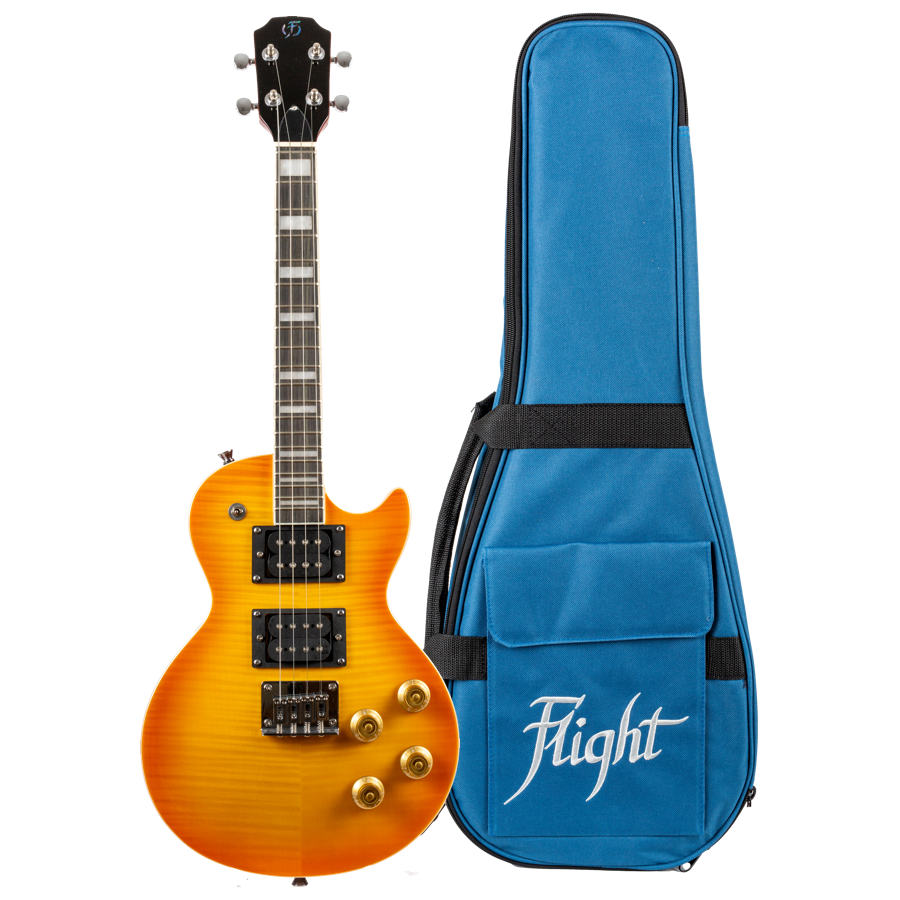KaminTheWeaver
Well-known member
- Joined
- Jul 29, 2018
- Messages
- 222
- Reaction score
- 258
I’m looking for tips and general wisdom about EQ and PA mix settings when playing plugged with with guitars.
I’ve begun playing with a couple guitar players using dreadnoughts and have found that I’m often drowned out when they strum at normal strength. I had my volume and gain as high as I could get it without feedback, but it still wasn’t enough. Other than simply adjusting the master volume of each channel, what have you done to properly mix a ukulele and guitar?
I’ve begun playing with a couple guitar players using dreadnoughts and have found that I’m often drowned out when they strum at normal strength. I had my volume and gain as high as I could get it without feedback, but it still wasn’t enough. Other than simply adjusting the master volume of each channel, what have you done to properly mix a ukulele and guitar?



